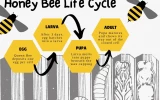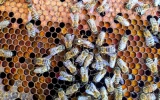How Long Do Straggler Bees Live & What Are They?
When beehives are removed, not all bees are still present in the hive. Some worker bees may have gone foraging or been flying around in the air outside the hive, and some are pollinating plants that are away from the hive. These are straggler bees. But how long do these bees survive when left behind?
Straggler bees, also called leftover, stray, or residual bees, are foraging or scout bees who return to their home only to find out that it’s gone. They will keep looking for their queen for a while. If they can't find her, some bees will fly away and only survive for a week or two.
Sometimes, after removing the hive, the queen is still there. In such a case, the straggler bees can commence rebuilding everything with their queen. There are also times when eggs are left in the comb. In this case, the straggler bees will proceed to raise a new queen.
Summary
- Outside their hives, straggler bees can only survive for a week or two.
- To reduce the number of stray bees, remove hives or swarms either early in the morning or late in the evening.
- Straggler bees have a defensive behavior because they have no home to return to, so expect them to sting.
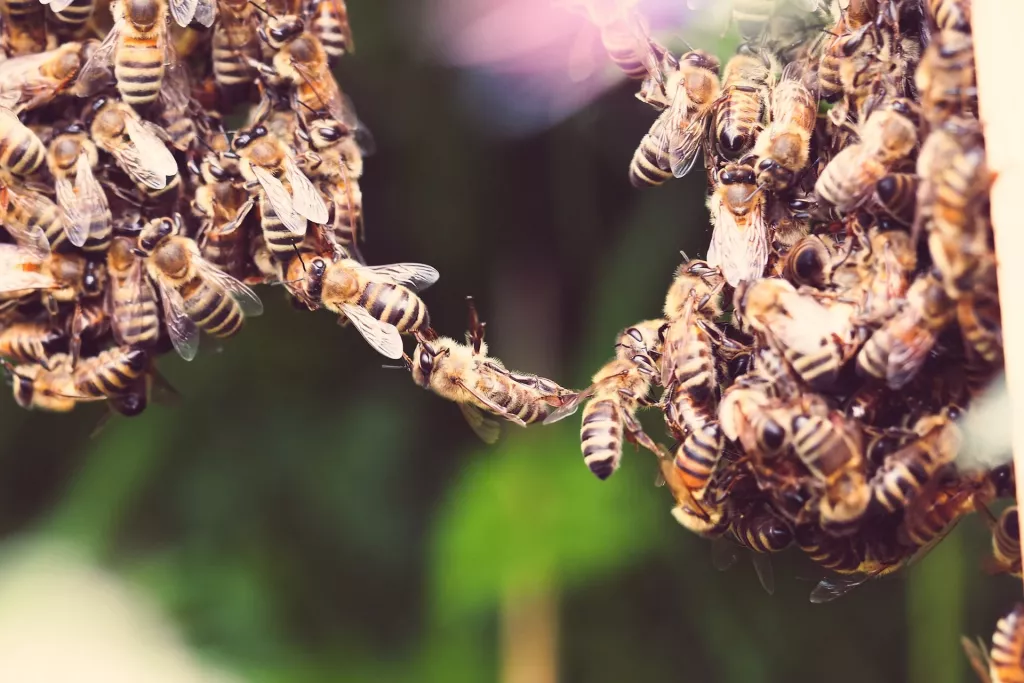
On this page:
Straggler Bees: What Are They?
Straggler bees are those that remain on the site after the removal of their hive or swarm.
In other words, bees that are not present when the colony is removed become straggler bees.
When beekeepers remove a honeybee hive, it’s impossible to get 100% of the bees. They can get up to 95–98% of the total number of bees. So if your hive has 50,000 bees, a thousand can be left behind.
These straggler or residual bees are mostly worker bees that may have typically gone foraging for nectar and are busy pollinating flowers in the fields or forests that are far from their hive. Some are still circling the area.
Straggler bees typically return to the location where the colony was removed. They frequently stay for a while to look for the queen.
They may fly around in the air for a while before settling into a small ball where the colony once stood.
Some of these bees are the oldest in the hive because the majority of them are foraging bees with a limited lifespan.
These stragglers will gather near the entrance to their hive and wait. They have no idea where everyone has gone, so they will not leave on their own.
Some bees who were separated from the original colony may seek a new queen to establish a new colony.
However, straggler bees can only survive for a week or two without the hive, and they frequently fail to establish a new colony.

After about a week or two, they will leave to look for food and then die if they cannot locate their queen or raise a new one.
Remember that these straggler bees are foragers and usually carry pollen and nectar. If there are other hives nearby, these workers tend to drift to their landing board, and because they bring pollen and nectar, the guard bees are more likely to let them in.
This occurs more frequently than many beekeepers realize. They’ll just notice that in a row of beehives, a hive at one end of the row may increase in numbers and resources due to those foragers. These straggler bees are simply so tired that they land on the nearest board, where they are granted entry.
A Queenless Swarm Left Behind
When a swarm is captured, a few bees are sometimes left behind. These are scout bees that leave the swarm during the day to find a new home for the colony.
If their home "swarm" is removed before they return, the scout bees are now straggler bees. They become confused and form a small cluster in the location of the old swarm, where the queen's pheromone or scent is strongest.
Because scout bees usually return to their swarm by evening, beekeepers should leave the swarm collecting boxes until dark to avoid leaving straggler bees behind.
The survivor bees will either die or return to their former colony and continue to live their lifespan of up to six weeks.
How To Reduce The Number Of Straggler Bees
If you plan to remove a hive or a swarm, you should do it at either of the following times:
- Early in the morning, when the worker bees are unlikely to have left the hive for the day, or
- Later in the evening, when the worker bees are more likely to have returned from their pollination duties, or
- When it’s raining.
During midday, when the bees are busy foraging, you should simply not move hives. The bees are all inside the hive in the early morning, late at night, or when it’s raining.
A beekeeper should not move a hive during foraging time because all the bees that are out will go back home and die. Even after midday, you can't move a hive unless you move it a few kilometers away.
You must relocate the hive for at least 5 kilometers (3 miles) to alert the bees to their new location.
If you need to relocate a hive, lock the bees in for three days.
When you release them, place branches and leaves in front of the entrance to help them realize they are in a new location. This way, they can reorient themselves.
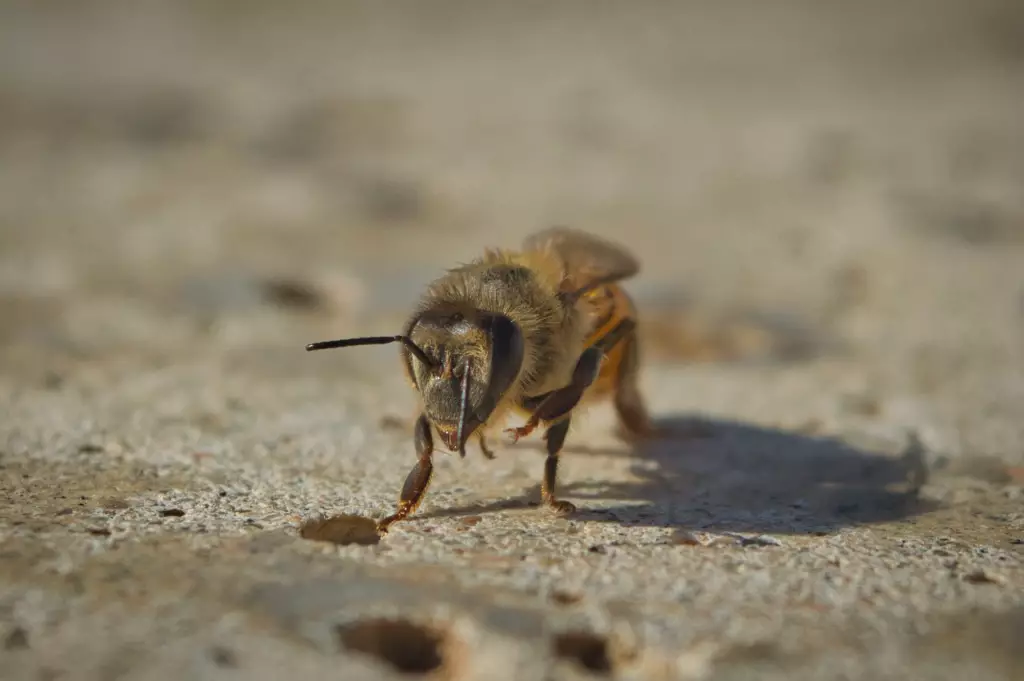
Honeybees find their way home by calculating the angle of the sun in the sky, surrounding landscapes, and solid shapes around their hives.
They usually cover a foraging area of a few kilometer squares, so if you move the hive, say, a few hundred meters, the next day they will go out and come back to the same place where the hive was before.
If you move it away more than a few kilometers, when they go out, they will see that this is a totally new area they don’t know, so they will memorize new landmarks, angles, and shapes to learn and remember this new home ground.
There are cases when stray bees never leave after the hive is removed during the recommended hours. In such cases, the beekeeper can relocate these straggler bees with the assistance of a skilled beekeeper or a professional pest control service.
Straggler bees have a defensive behavior as a result of hive removal. They are confused because they cannot find their home. These bees are likely to run short of food, which may make them more likely to sting.
Proper Beehive Removal
If there are still a lot of bees left, the beehive removal was not done properly. If there is still a comb visible, it was most likely not done properly.
A proper beehive removal should include the removal of all the honeycomb. You should ensure that the queen is placed in the box in which the beekeeper will transport the bees, and that she is caged so she cannot escape.
You should leave the box until just after dark to allow the returning foragers to get back inside the hive. These foraging bees will notice that everything has moved, smell the new hive from a few feet away, and proceed to it.
In case the queen or her eggs are left at the site, the straggler bees will simply rebuild a new colony.
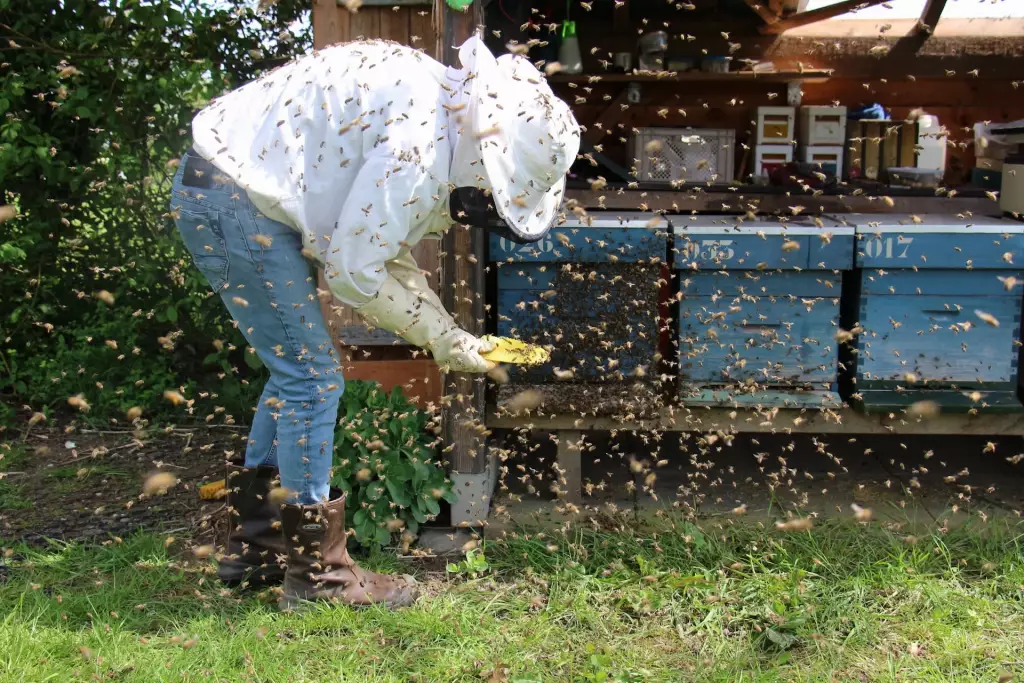
If the number of straggler bees reached thousands, you may choose to add a frame of bees and eggs to allow them to create their own new royalty and new colony. If their number is only 30–50 bees, you have nothing to be concerned about.
A queenless swarm is irritated because you have removed their queen. So expect for them to dive bomb you. Just spray them with sugar water and brush the queenless swarm into a bucket.
